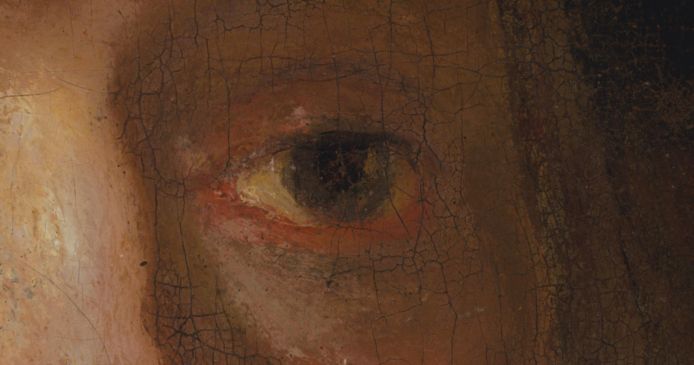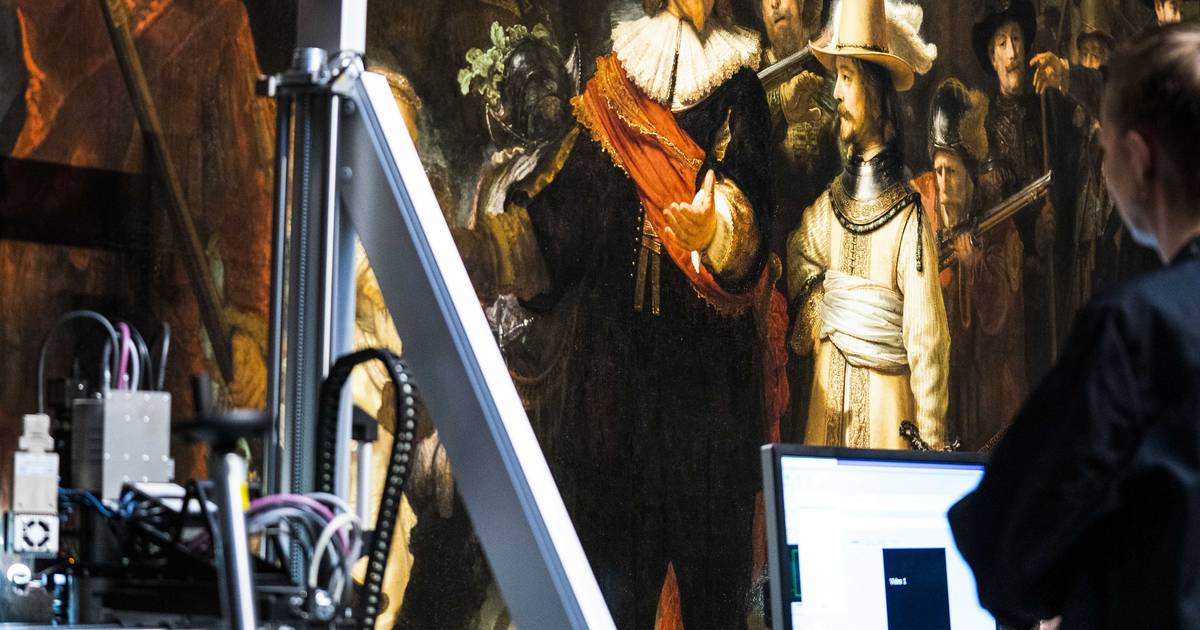717 billion pixels: microscope photo reveals the smallest details of The Night Watch | Inland
The Rijksmuseum in Amsterdam has managed to get a new photo of The Night Watch so sharp that even the tiniest detail can be seen. This ‘ultra high resolution’ photo will be published and is also available to the public to view online.
The mastermind behind the project is Rob Erdmann, the senior scientist at the Rijksmuseum. He is very proud of the photo and explains that the ultra-high resolution means a ‘virtual always available microscope‘ originated, approaches and audience The Night Watch at any time down to the pixel level and also with more people at the same time.
“We can see every particle of pigment and every brushstroke. We see paint that Rembrandt did not mix perfectly on his palette. We can look into a crack and see applied layers of paint. It’s like trekking in the Grand Canyon and seeing the geological layers.”
Deluge of data
The photo actually consists of 8,439 photos taken at a distance of 13 centimeters from the painting, which measures 363 by 437 centimeters. A laser sensor determines the distance from the canvas for each photo. The large image has no less than 717 gigapixels (717 billion pixels), according to Erdmann a world record. “We have gone from ‘not enough data’ to a veritable deluge of data,” he says.
With special technology, for which he wrote the software himself, the photos are stitched together without the transitions being visible. That was a scientific process, resulting in ‘seeing you get a material object, which shows how well Rembrandt could manipulate with paint’. The colors you see in the photo are the ‘true colors’ of the painting.

Two years and eight months
The entire project, which the scientist calls “the first of its kind in the whole world,” takes two years and takes a long time: two years to set it up technically, two months to shoot and six months to merge all the photos into an image. It is the largest and most detailed photograph of a work of art ever taken. Other museums have already shown interest, Erdmann says, such as the Metropolitan in New York and the National Gallery in London.
The Rijksmuseum is engaged in Operation Night Watch, a long period of research and restoration. The second phase will start on January 19. Then the canvas is stretched on a new aluminum stretcher. This is necessary because there are ripples in the top left corner.

Watch our trending news videos in the playlist below:
Free unlimited access to Showbytes? Which can!
Log in to create an account and don’t miss out on any of the stars.




